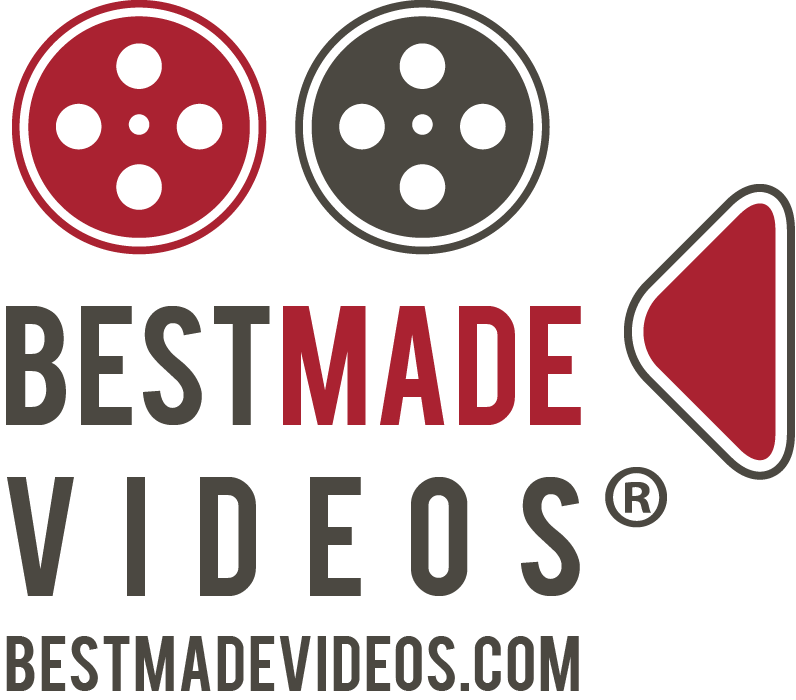Video seeing falls however advertisers stay hopeful
During the 1980s a famous TV program in the U.K. was named Why not, and it included movement thoughts for youngsters as an option in contrast to staring at the TV. In the resulting years the accessibility of channels and video content has extended hugely.
There are indications of a stoppage, be that as it may. Despite the fact that video content remaining parts one of the top decisions for advertisers to help deals and increment traffic and brand mindfulness, customers invested less energy watching on the web videos this year than in 2022. Is it true that we are dropping out of affection with streaming?
(By and large, watched 17 hours of online video content each week in 2023. This was two hours not exactly last year.
Does this imply that the video medium isn't the ideal one for sponsors to utilize? At this stage the signs are that despite the fact that change is going on, video content and its job as a publicizing apparatus stays solid. This isn't least since video cuts stay a well known type of shareable internet based content.
At the point when this works, it can drive client commitment, support brand mindfulness, and carry organizations into a range with expected crowds.
As per The Territory of Video Showcasing 2023 review by Wyzowl, in excess of 70% of brands who made video promoting content in 2022 made online entertainment videos, practically a similar offer as explainer videos. Show and tribute videos followed, with 50% and 46 percent divide between brands.
Shoppers will likewise utilize videos to dive more deeply into an item or administration and get input from different clients. Information recommends that in 2021 purchasers invested 30% more energy watching on the web videos.
Albeit 2023 saw a slight fall in web-based video utilization, the level remaining parts over that of 2018 and 2019. YouTube and LinkedIn were viewed as the best stages for video showcasing. Interestingly, Twitter and Snapchat were the most ineffective stages for the medium.
YouTube was the most generally utilized video promoting stage, with a 90 percent divide between respondents. Next up was Facebook, with a 86 percent share, trailed by Instagram and LinkedIn, which both had a 79 percent share.
Snapchat is utilized by just 13% of brands. TikTok is utilized by 35% of respondents, and Twitter follows with a 54 percent divide between advertisers. As far as subjective evaluations, Twitter and Snapchat were by and large viewed as incapable across many missions.
